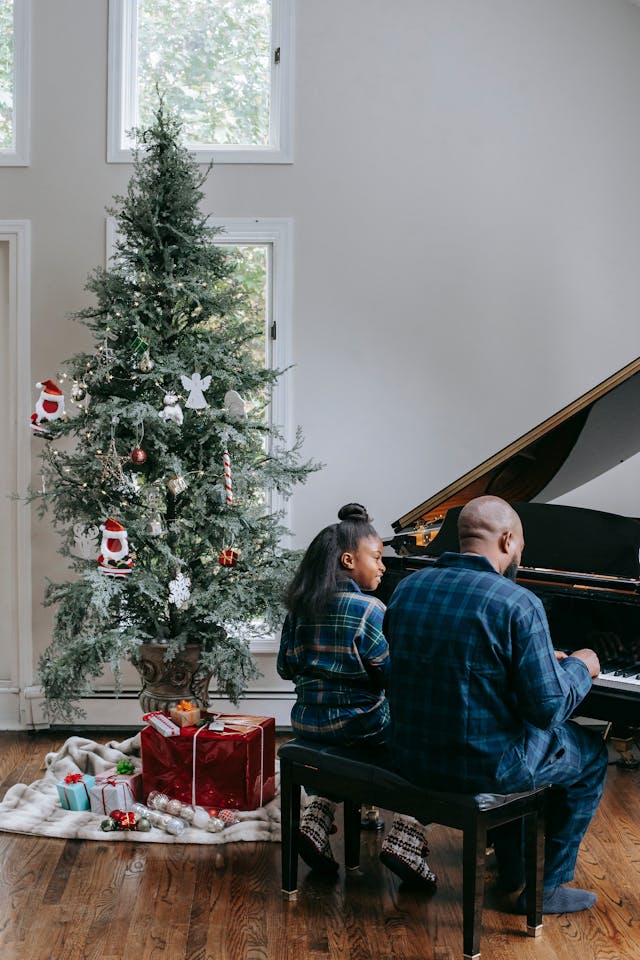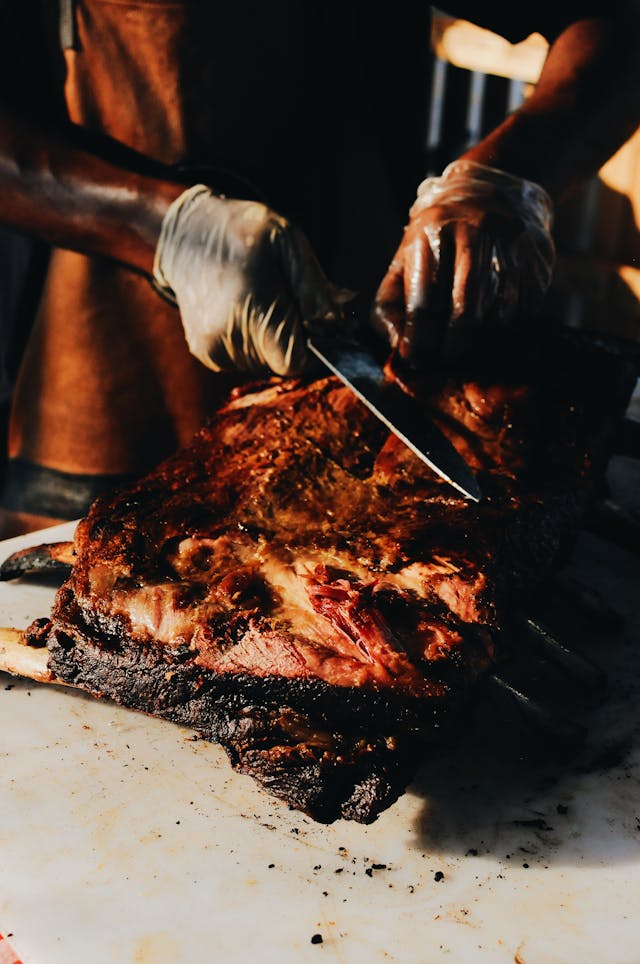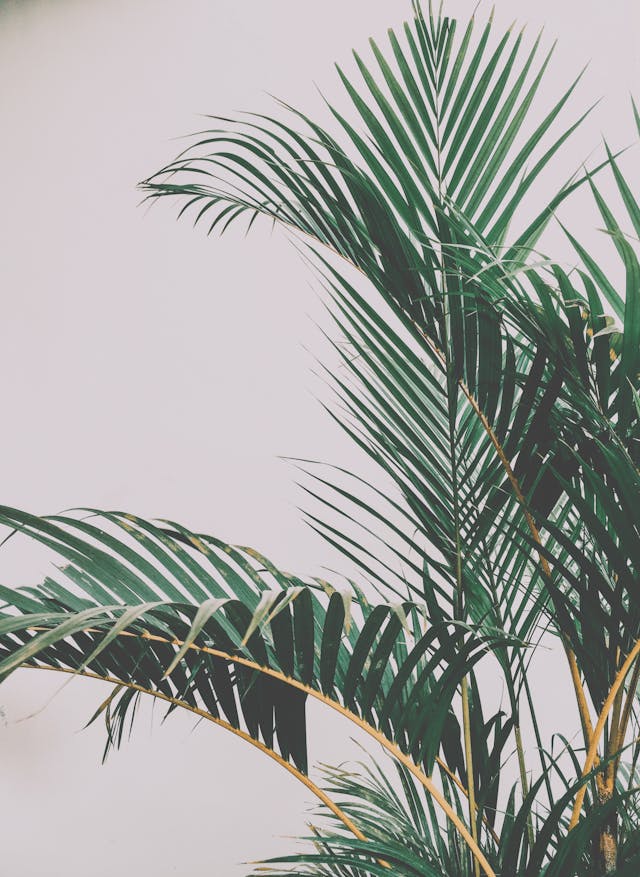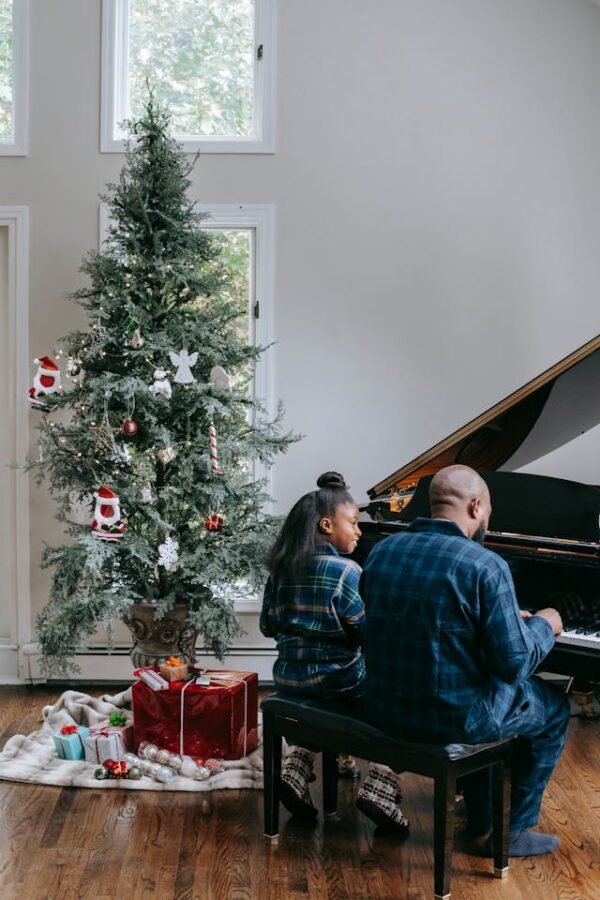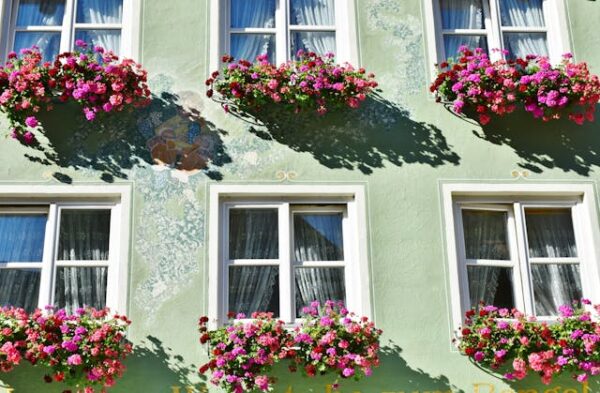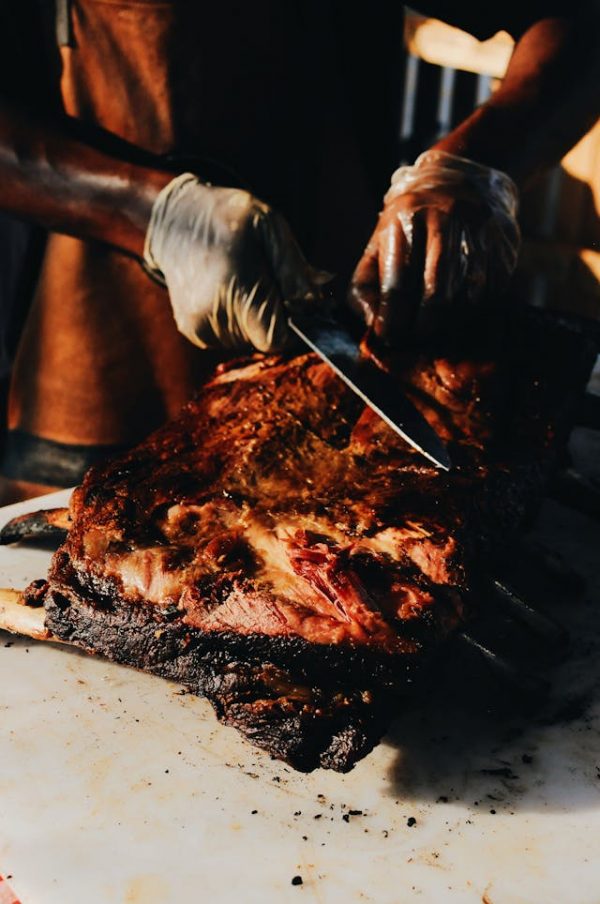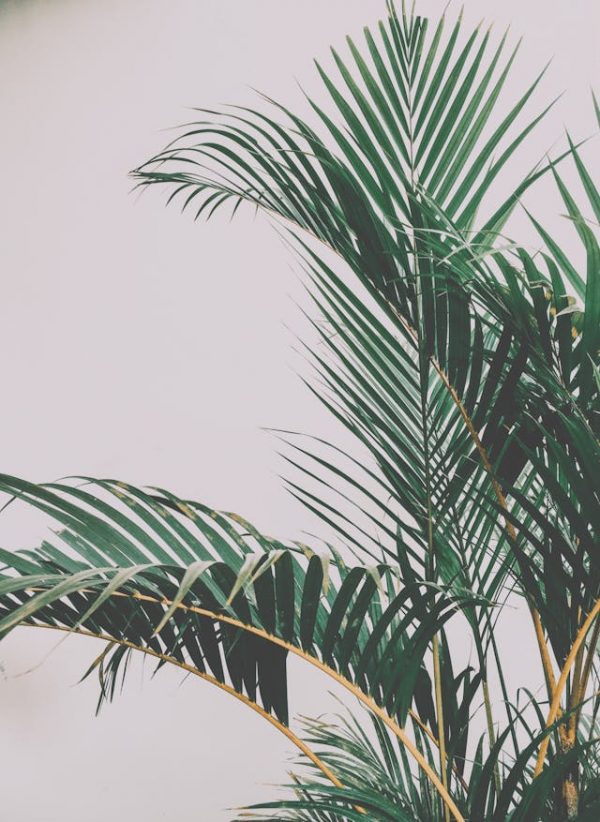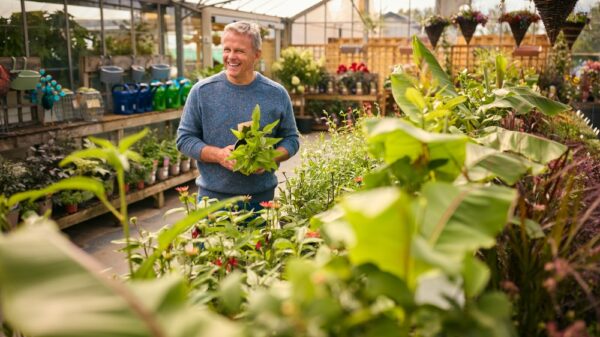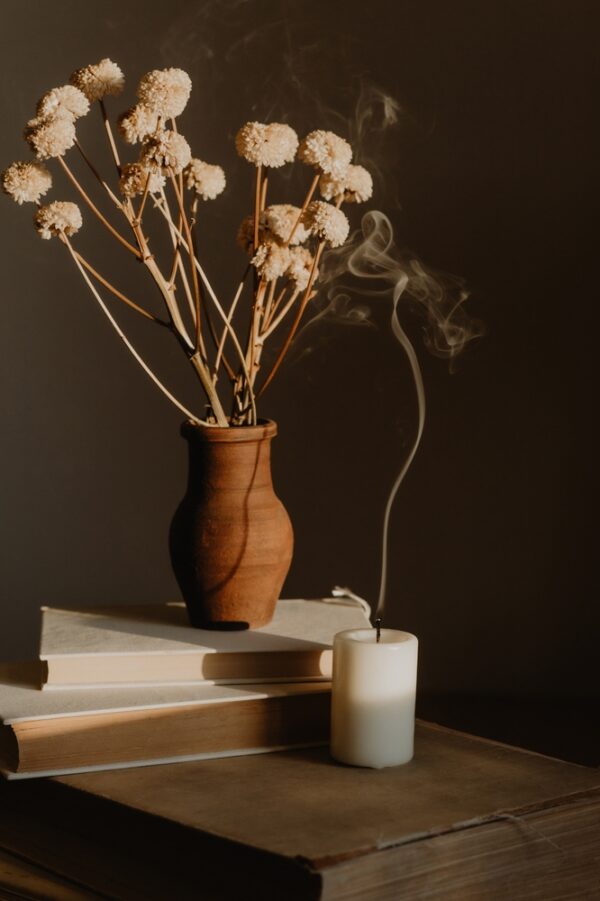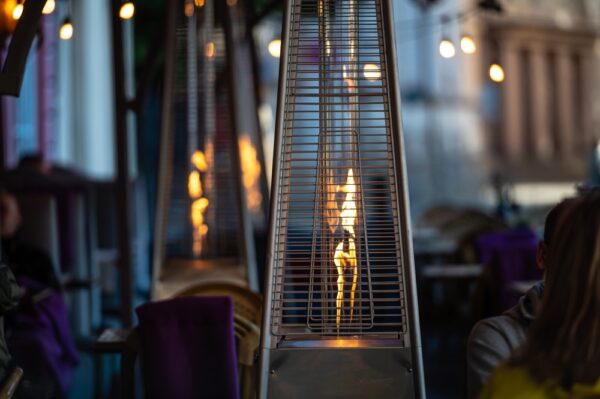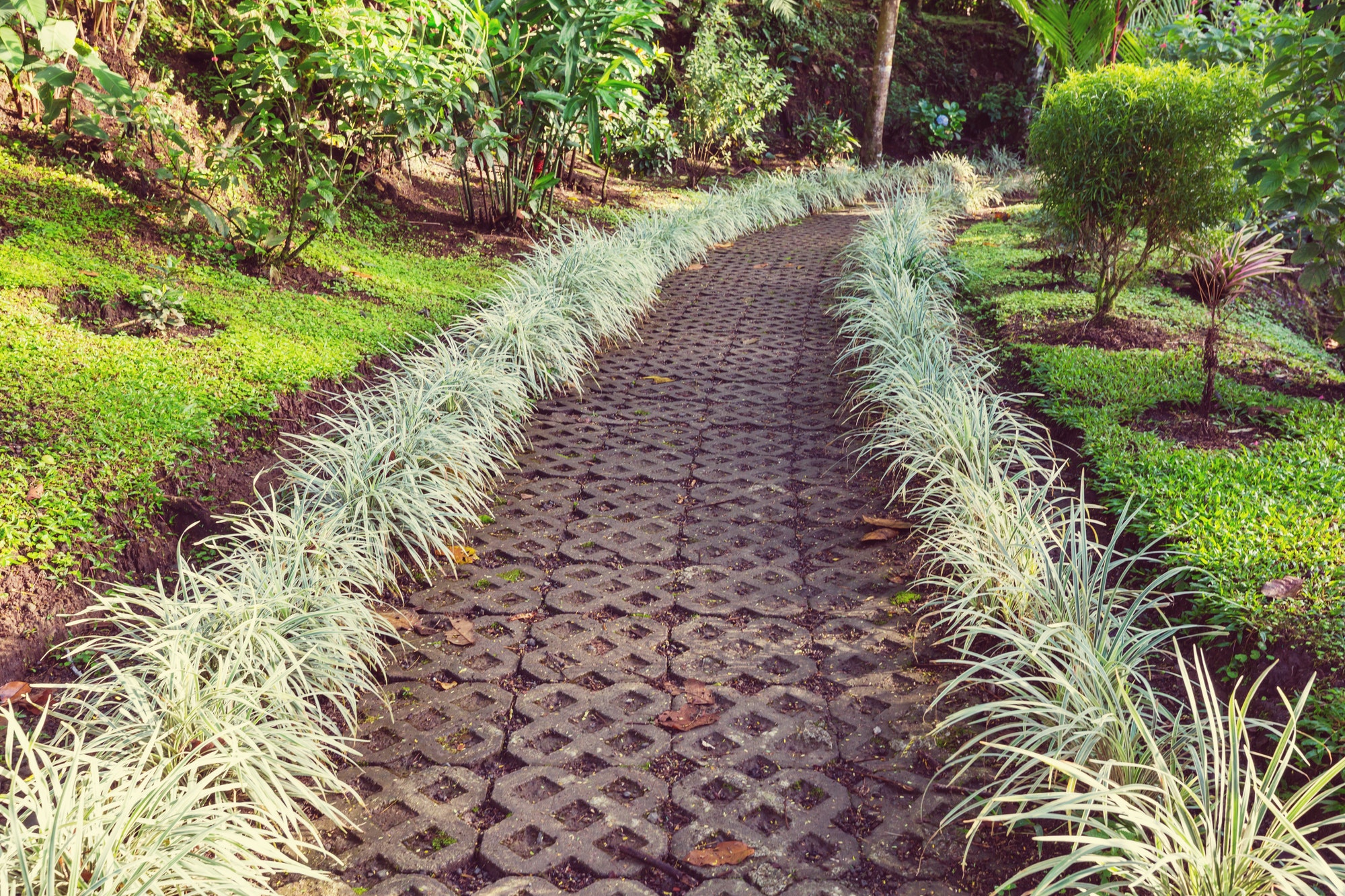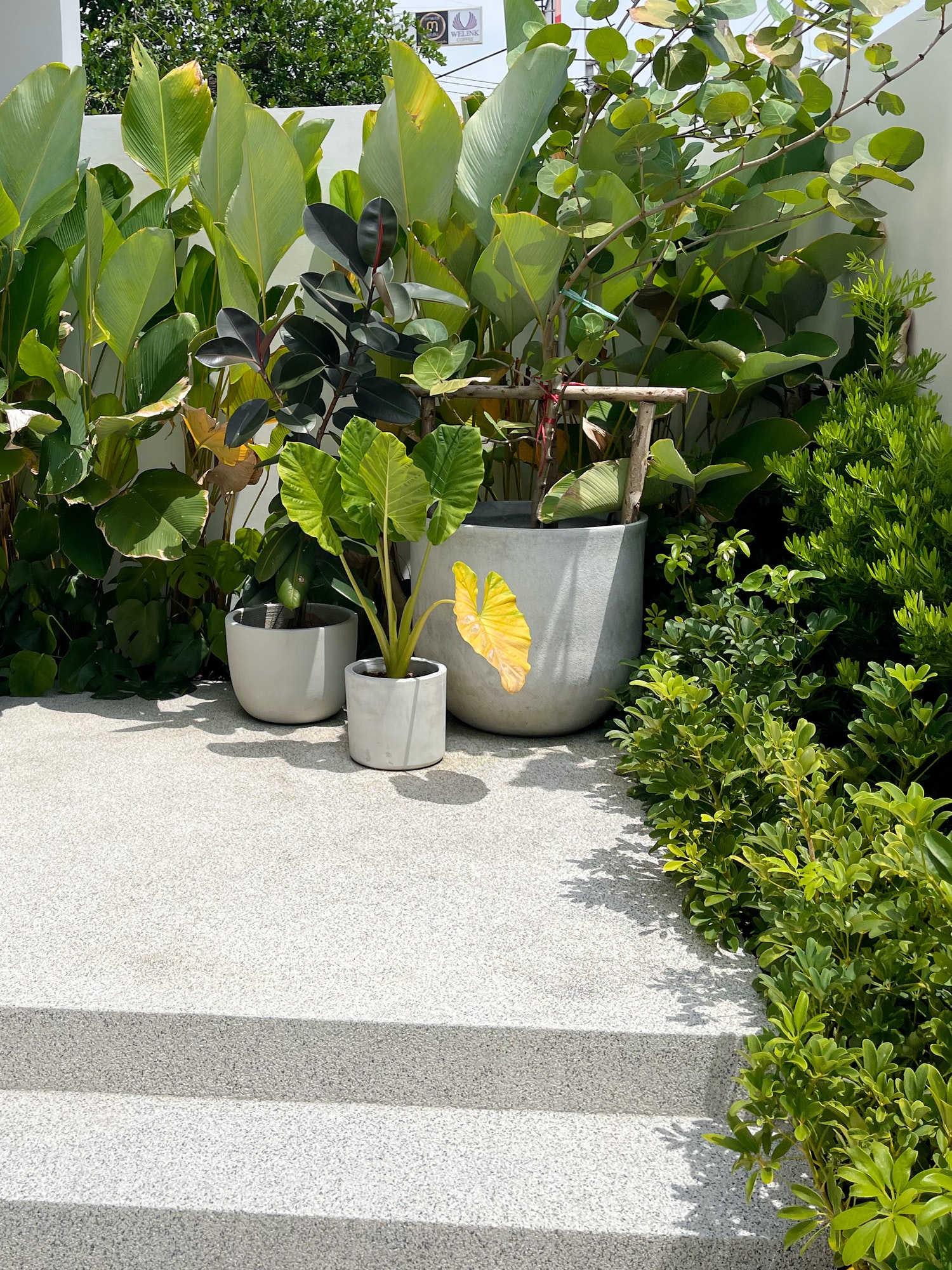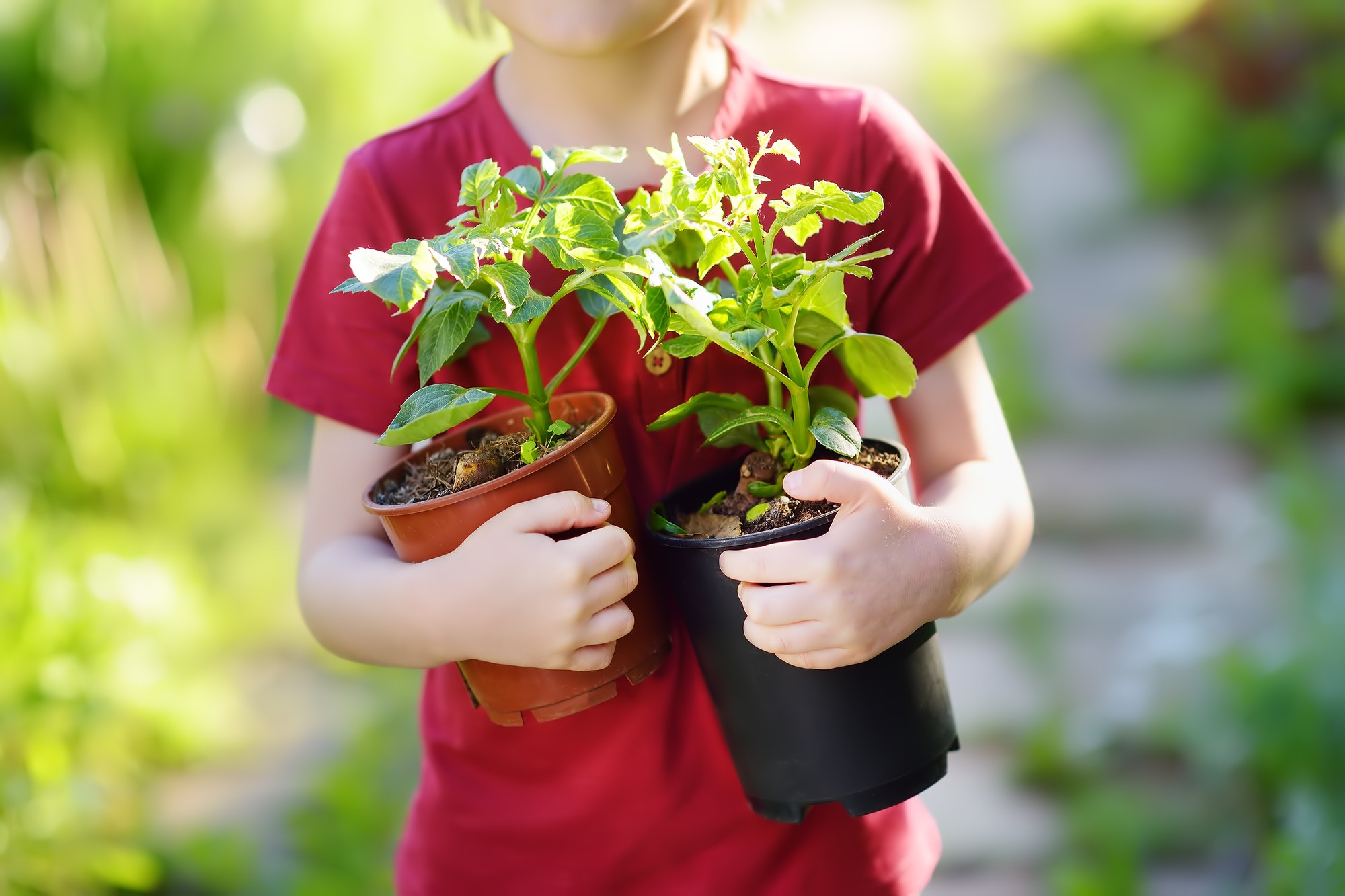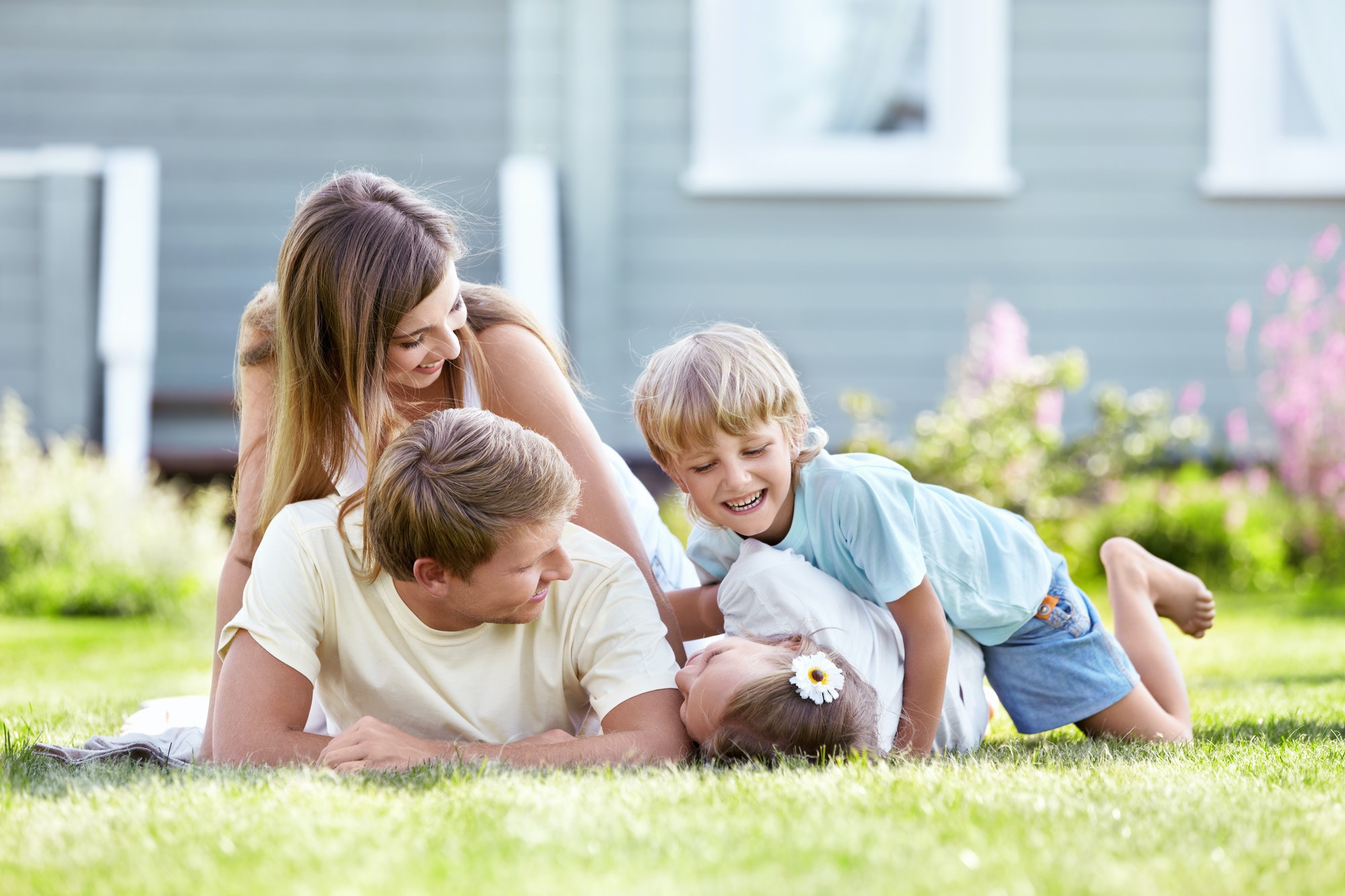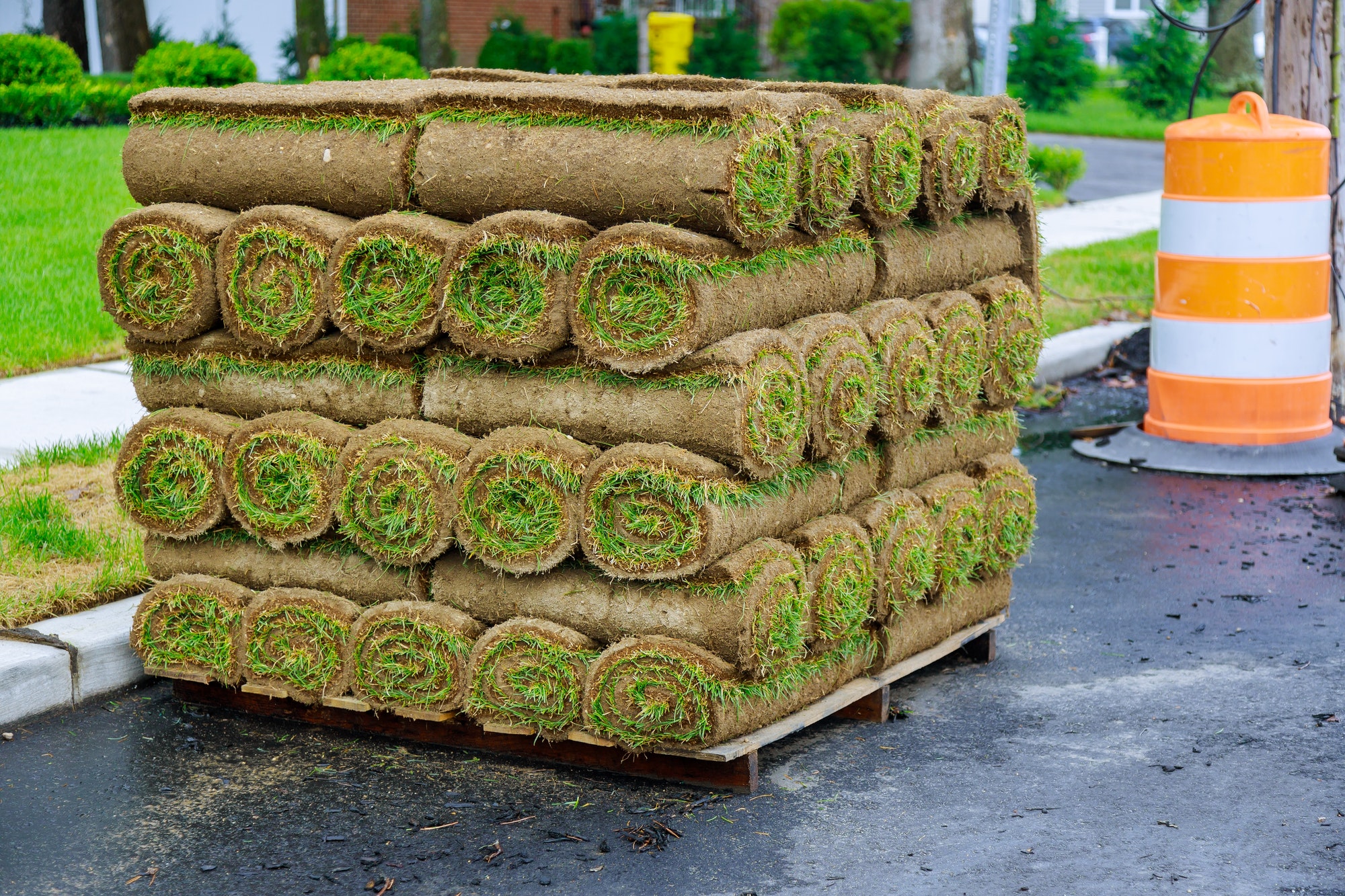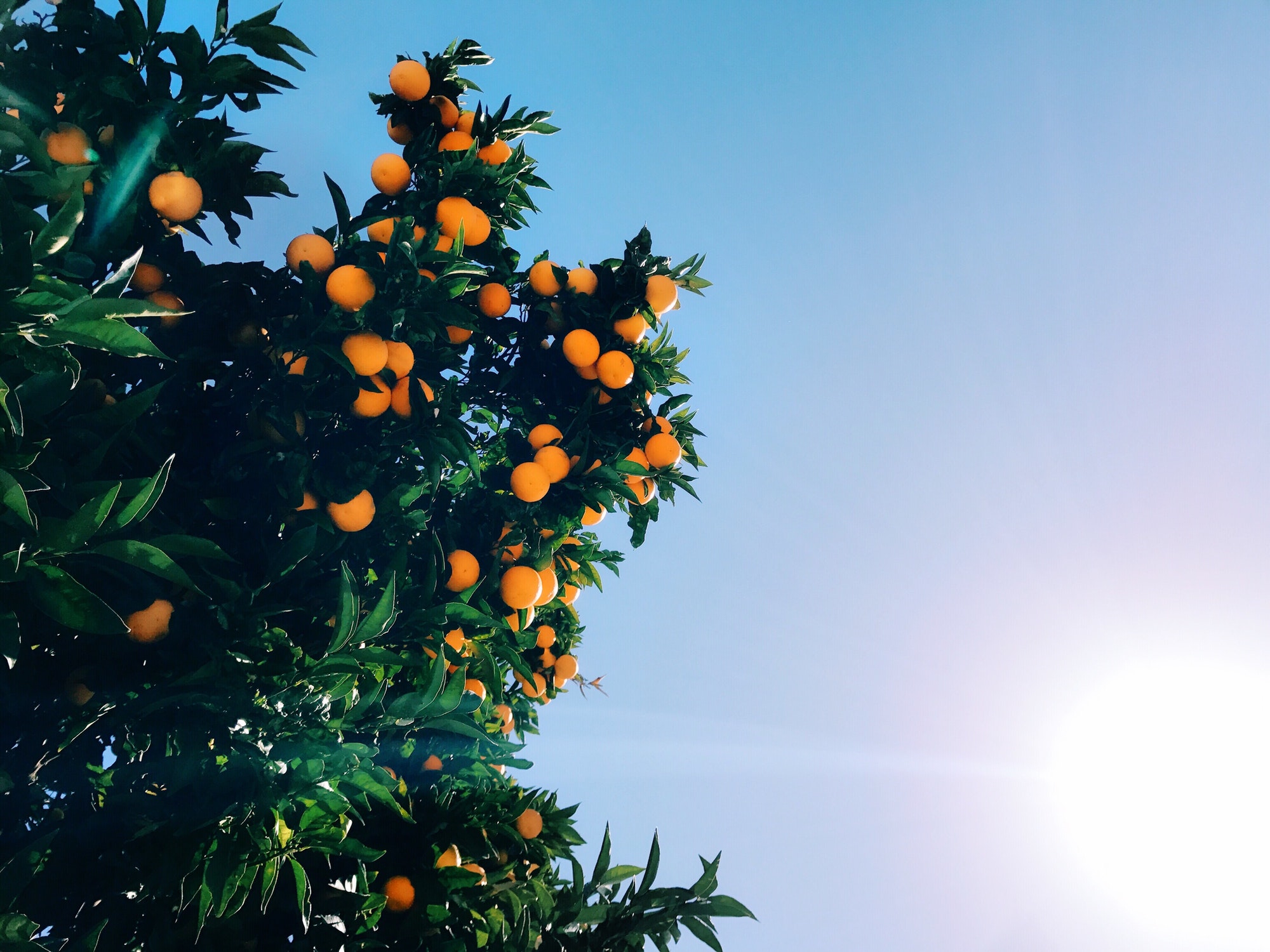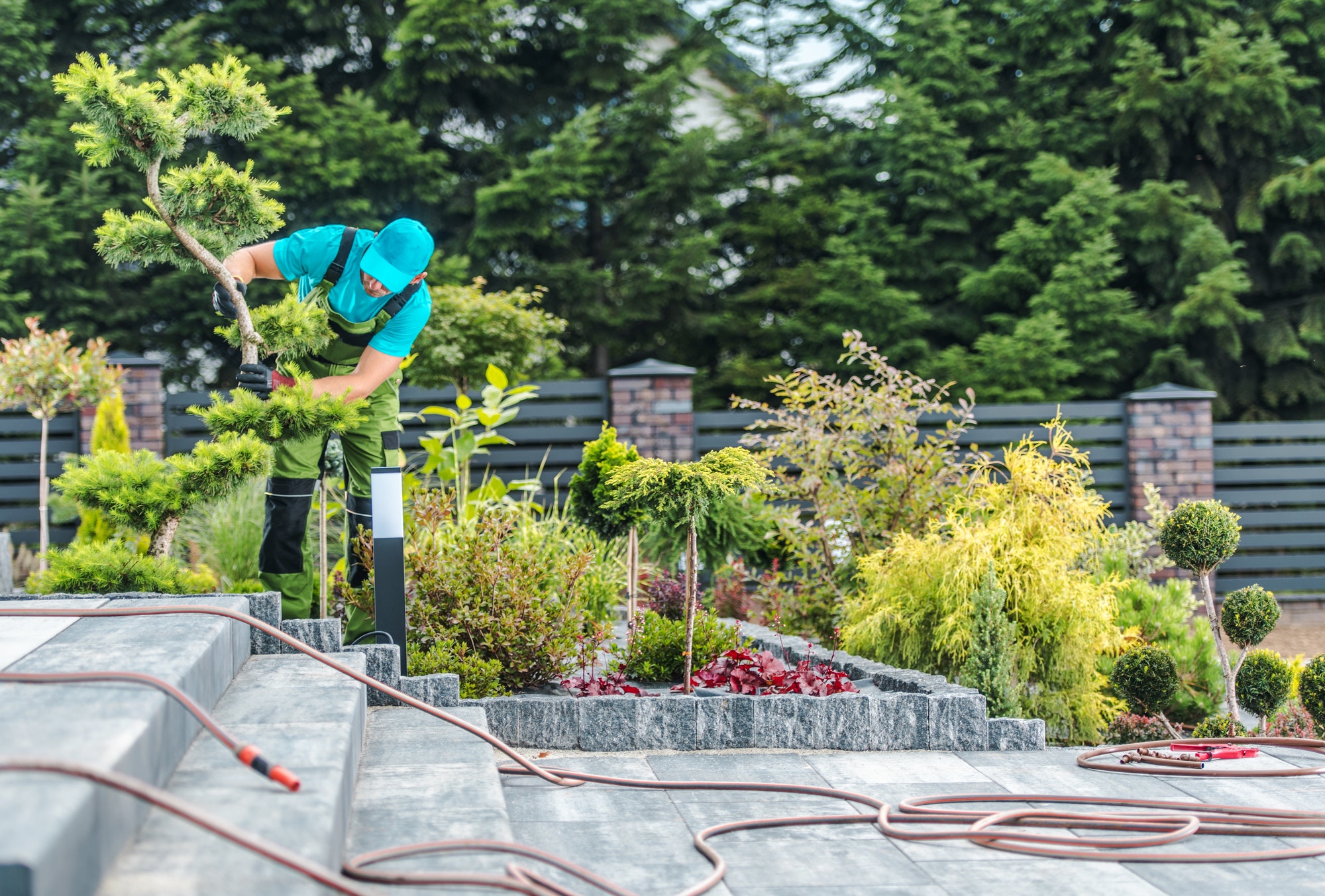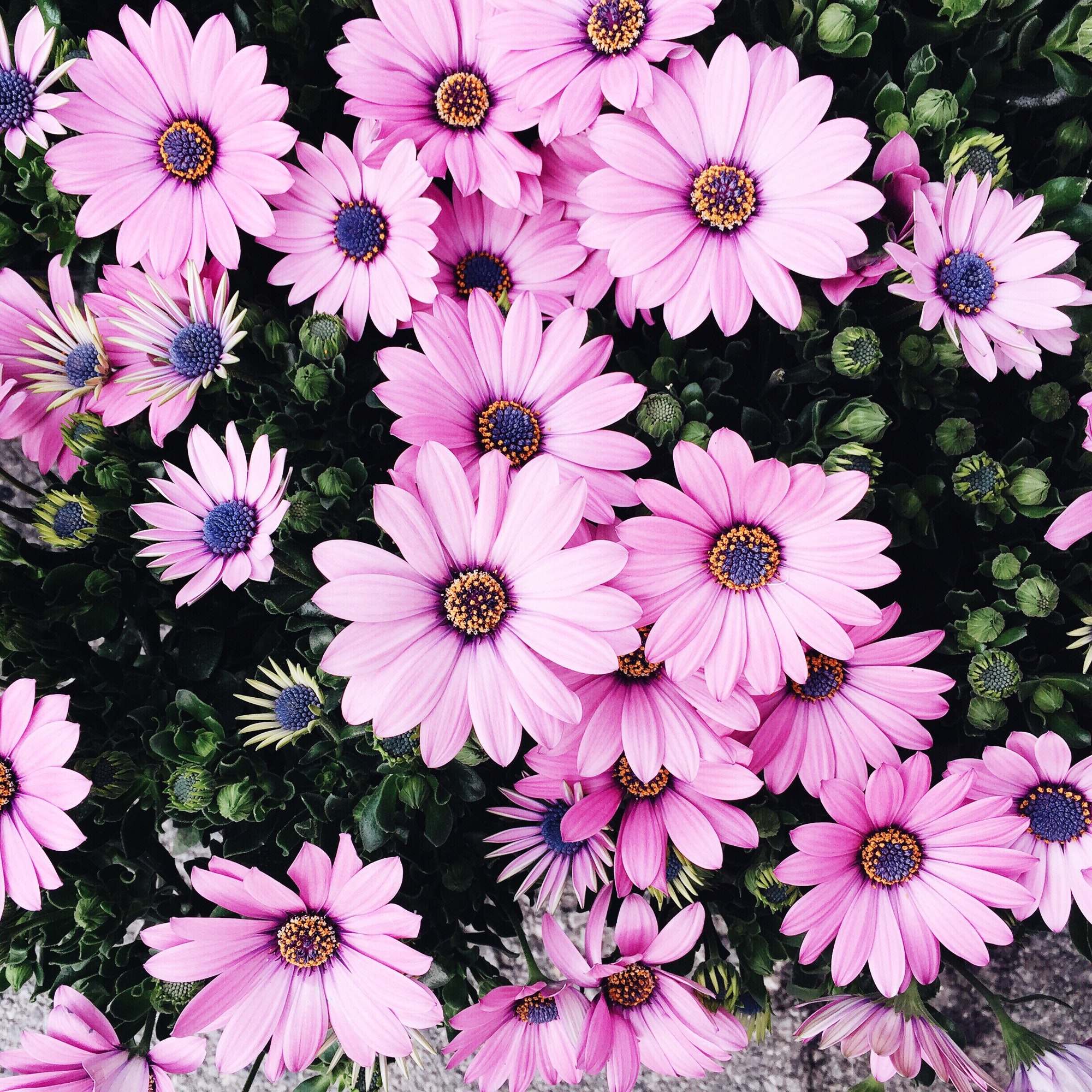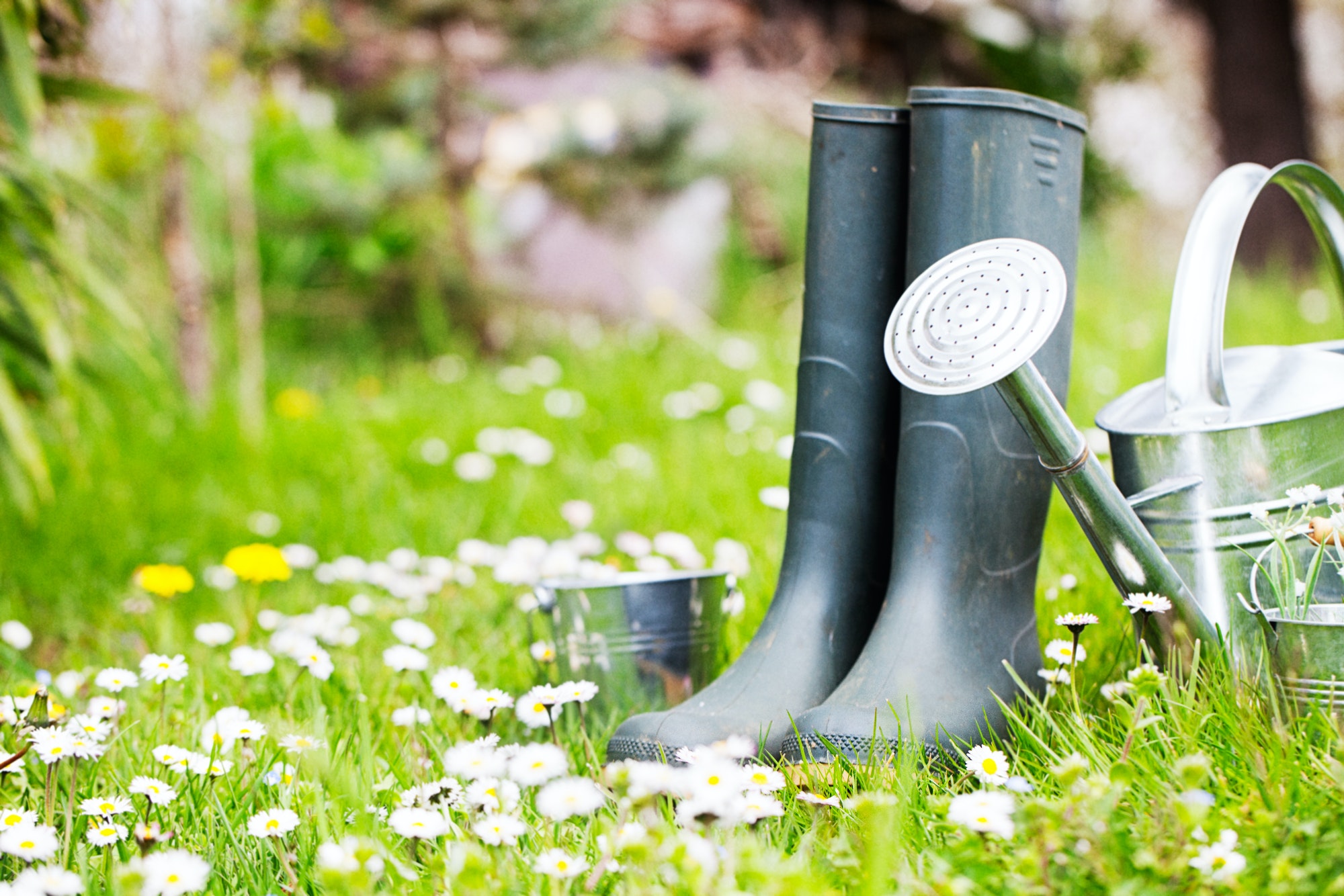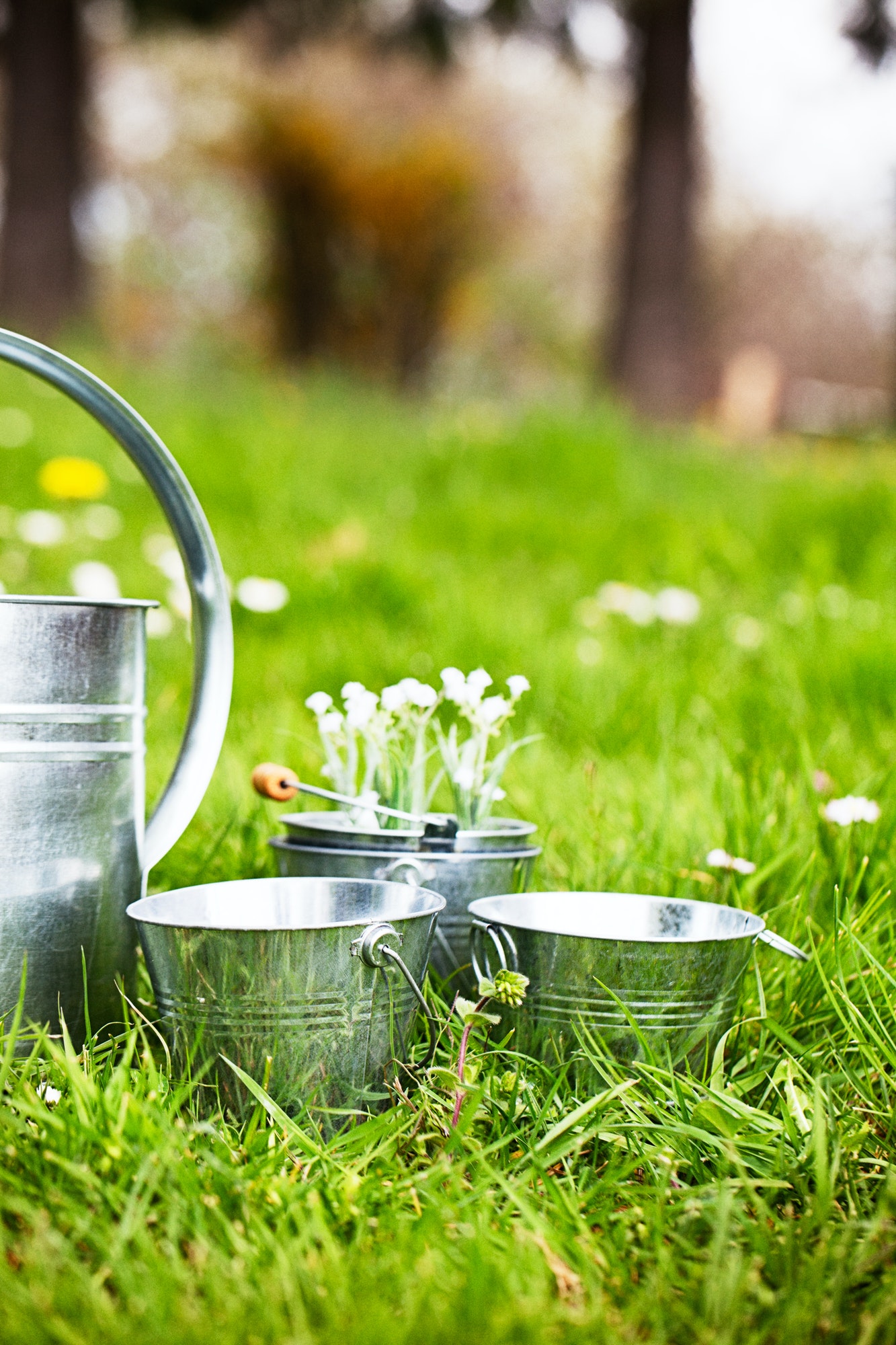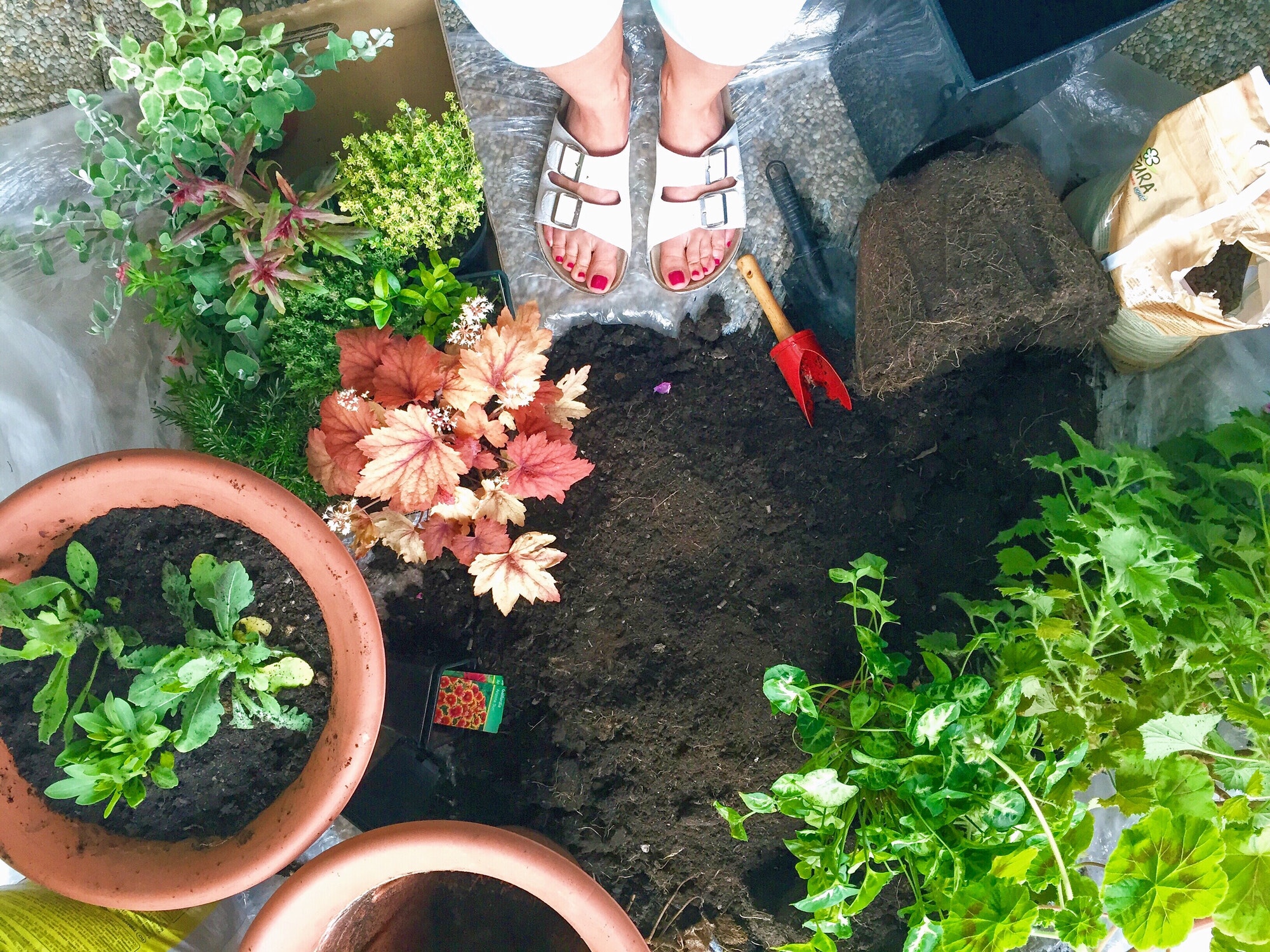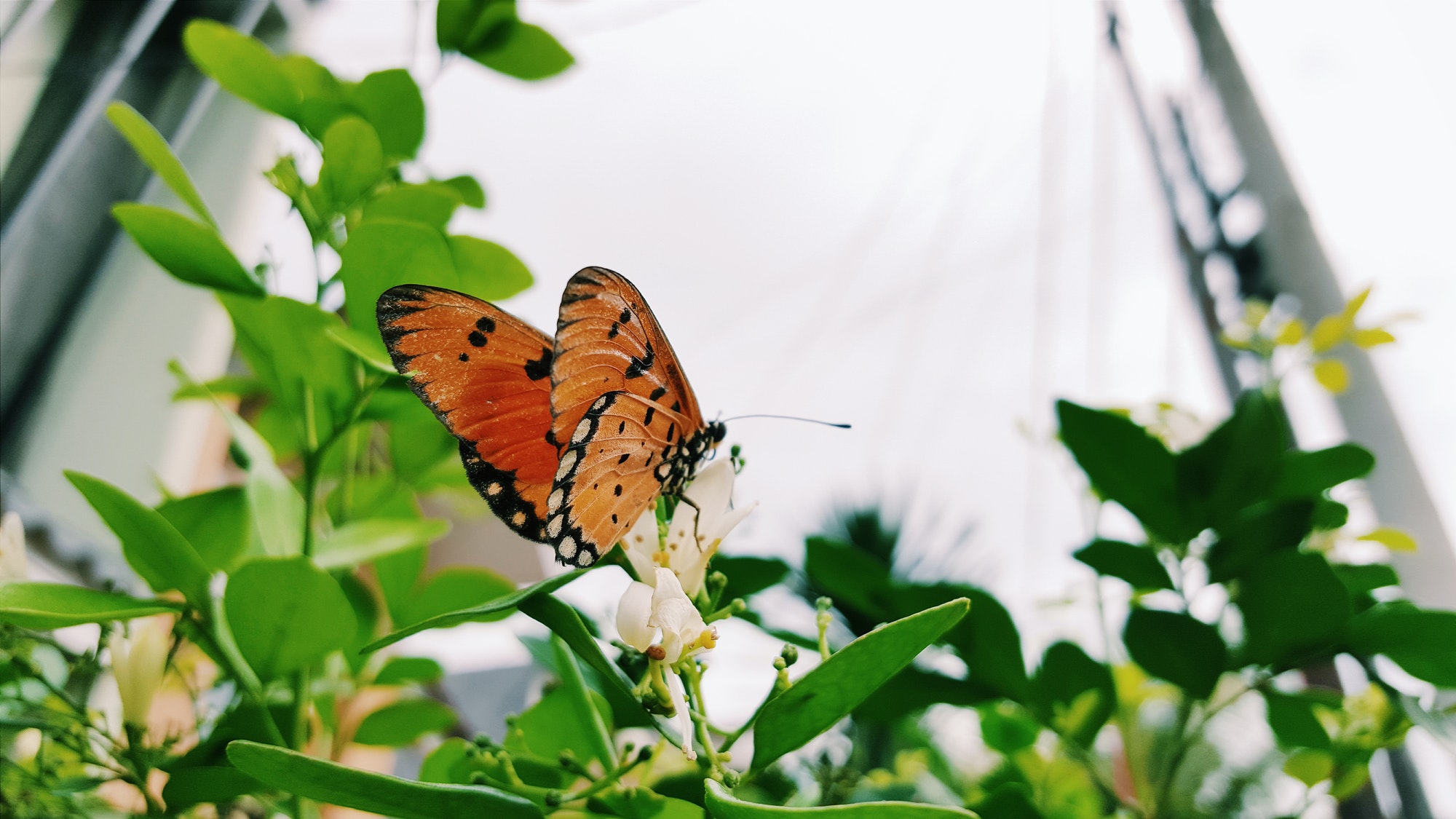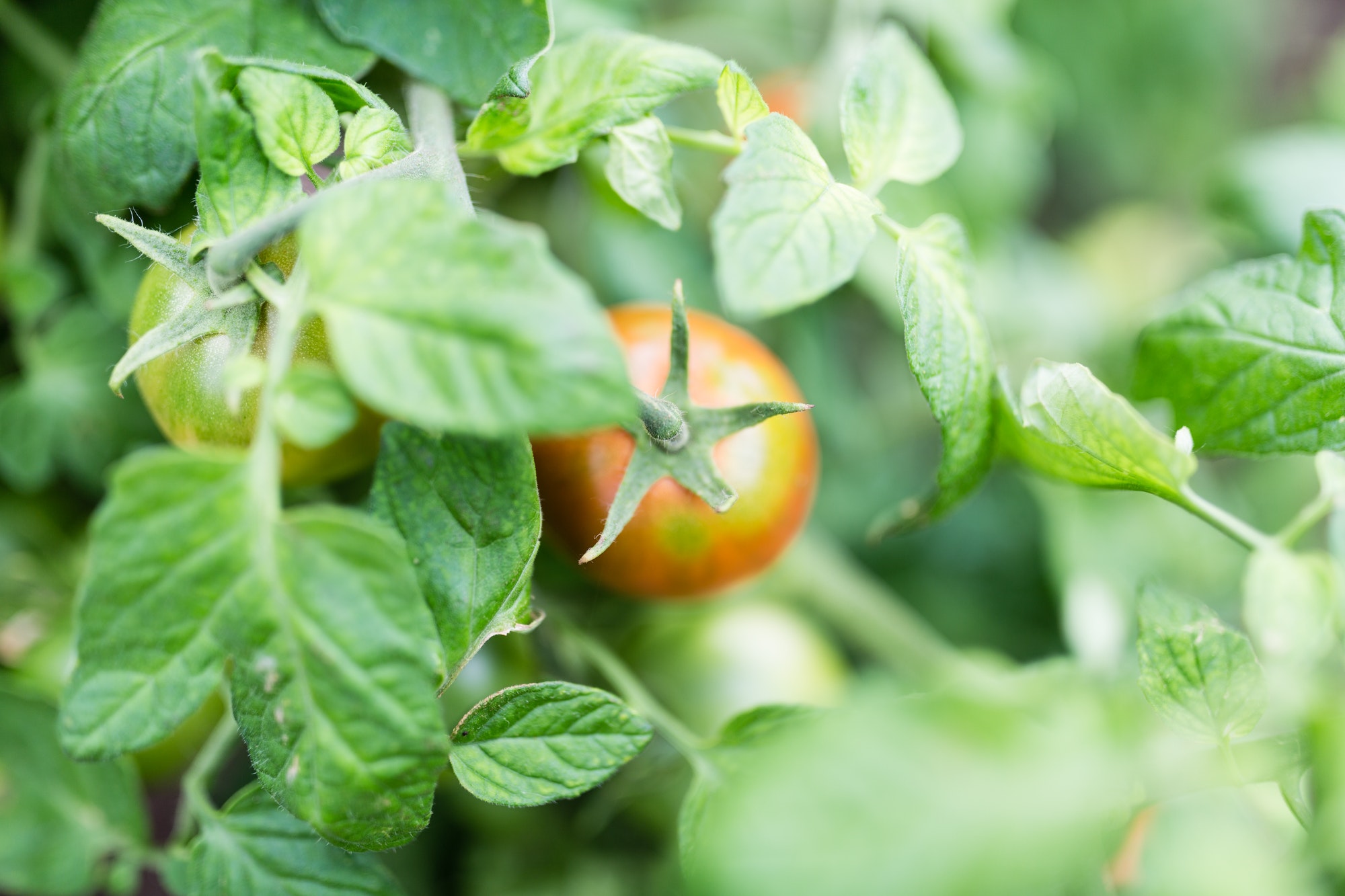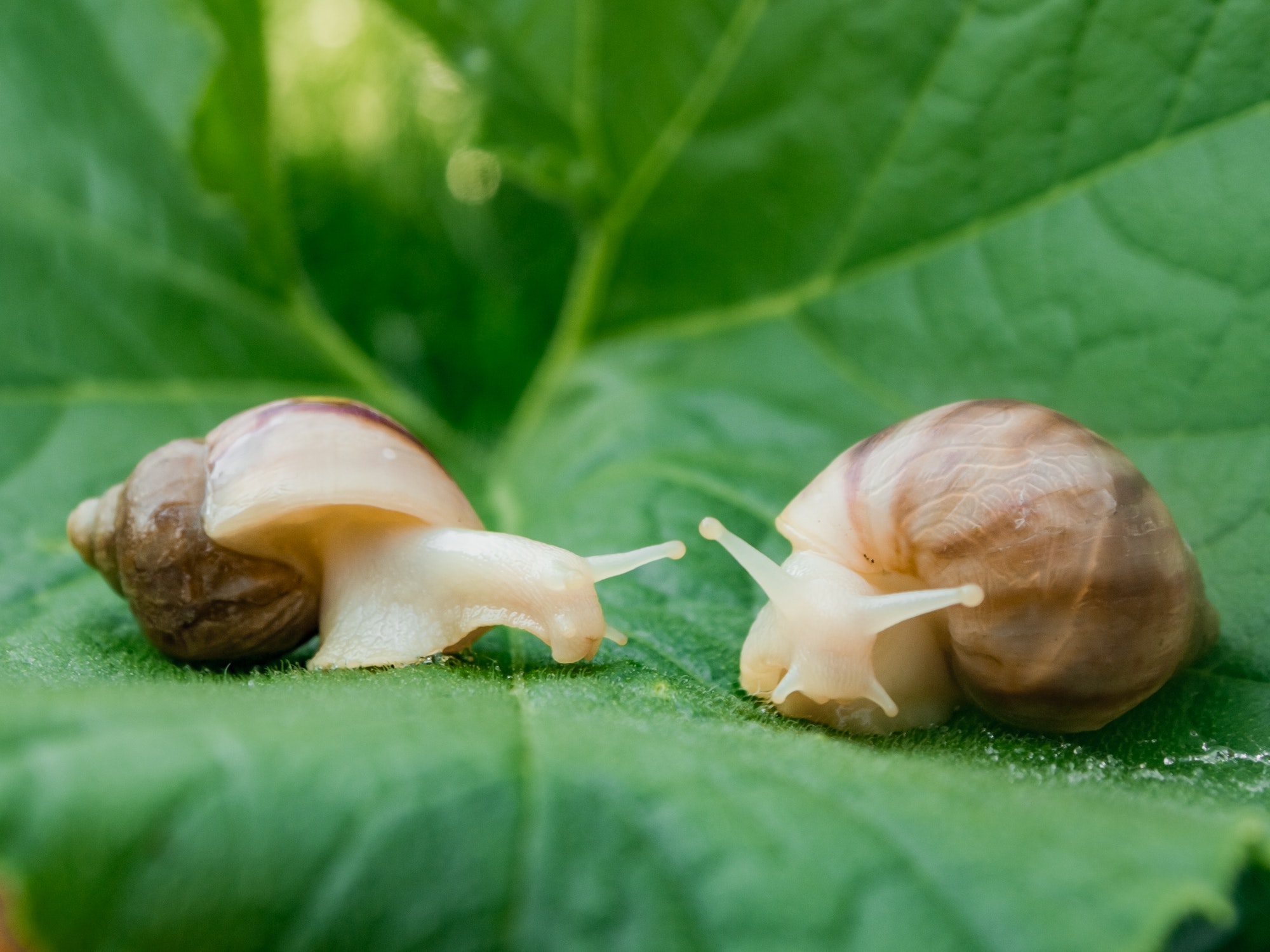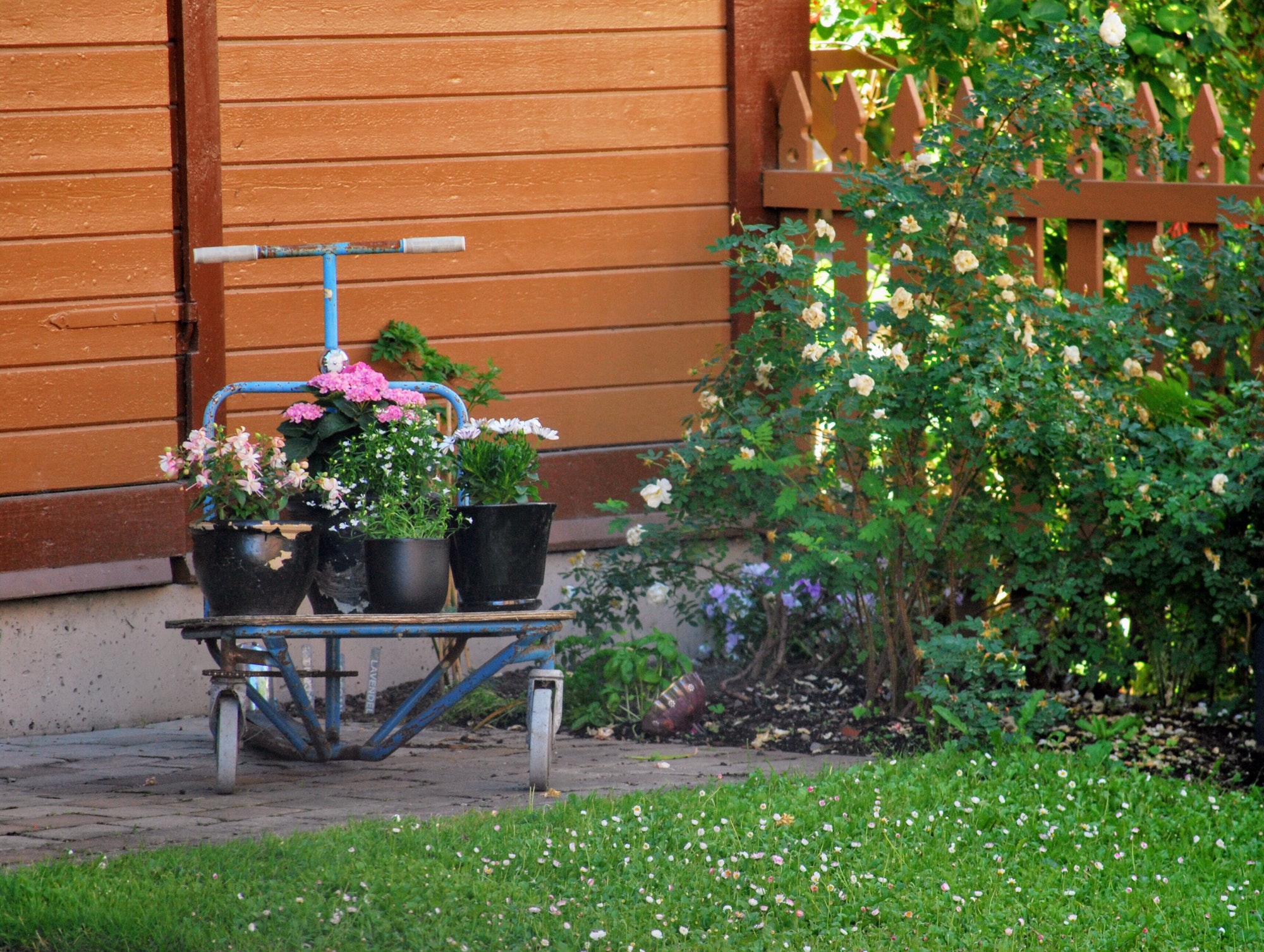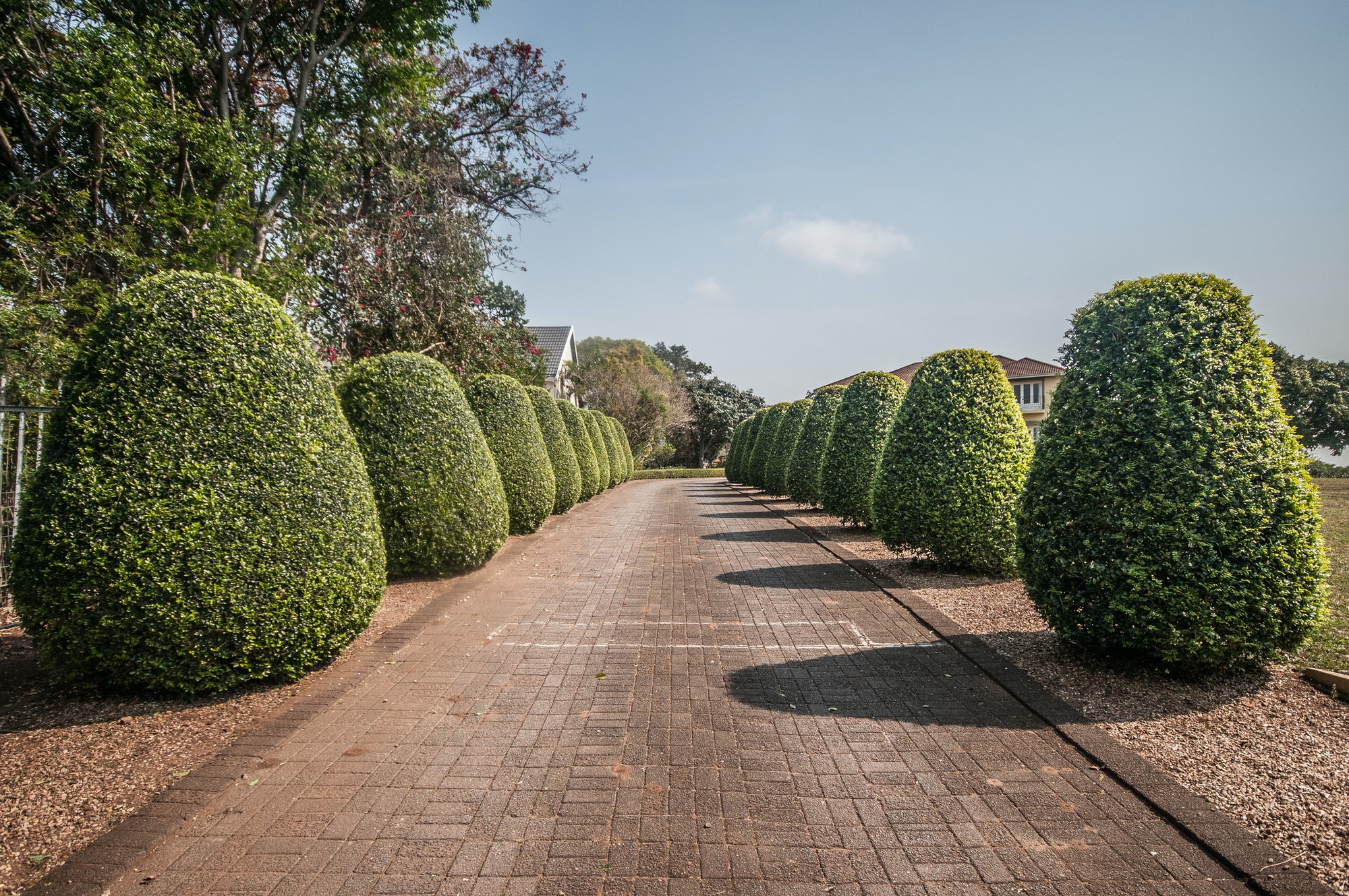When the holiday season arrives, something truly magical happens. Streets glow, homes shimmer, and hearts feel a little warmer. Among the many beloved decorations that bring this joy to life, Lemax Christmas villages and Christmas lights stand out as timeless favorites. Together, they transform homes into enchanting winter wonderlands filled with nostalgia, creativity, and radiant […]
The Heart of the Holidays: Christmas Village Sets and Real Christmas Trees
The Christmas season is a time for warmth, nostalgia, and togetherness. Every twinkling light and familiar melody reminds us that this is the season of comfort, beauty, and cherished traditions. Two of the most beloved and timeless symbols of Christmas — Christmas village sets and the real Christmas tree — perfectly capture that festive spirit. […]
The Perfect Outdoor Pairing: Garden Furniture and the Ooni Pizza Oven
Turning your garden or patio into a true extension of your home is one of life’s simple pleasures. With the right garden furniture and the innovative Ooni pizza oven, your outdoor space can quickly become everyone’s favorite place for dining, relaxing, and making memories. Whether you have a large lawn, a cozy courtyard, or a […]
Elevate Your Garden Gatherings: Weber Gas BBQs Take Over Ireland
The garden has become the heart of Irish homes, especially when the sun is shining and friends or family are nearby. For many, the centrepiece of this outdoor lifestyle is the humble BBQ. As interest in outdoor cooking grows, so too does the demand for quality and convenience—enter the world of Weber BBQ Ireland and […]
Ooni Pizza Oven and Patio Heater: The Ultimate Outdoor Experience
Transform your backyard into a haven of warmth, flavor, and comfort with the Ooni pizza oven and a patio heater. These two essential outdoor items work together to create the perfect environment for year-round entertaining, making your patio or garden a place to enjoy delicious food and cozy gatherings, no matter the season. Whether you’re […]
Outdoor Heating and Indoor Plants: Enhancing Comfort and Nature in Your Home
Creating a space that blends comfort, beauty, and functionality is key to making your home a true sanctuary. Two essential elements that can significantly elevate your living experience are outdoor heating and indoor plants. Whether you’re transforming your backyard into a year-round retreat or bringing the calming presence of nature indoors, these two additions can […]
Garden Centre Ardcarne and Garden Centre Boyle: Discover the Best Gardening Destinations in Roscommon
If you’re looking to transform your outdoor space or seeking expert advice on how to cultivate your garden, Garden Centre Ardcarne and Garden Centre Boyle are two of the best gardening destinations in County Roscommon, Ireland. Both centres offer a vast selection of plants, gardening tools, and accessories, along with friendly service and expert guidance. […]
Home Decor and Pet Shop Essentials: Creating a Stylish, Comfortable Space for You and Your Pets
Designing a home that is both stylish and functional for the entire family, including your pets, can be a rewarding challenge. With the right home decor and pet care products from a pet shop, you can ensure that your space is not only beautiful but also comfortable for your furry friends. In this article, we […]
Outdoor Heating and Indoor Plants: Creating a Cozy and Lush Home Environment
Whether you’re enhancing your garden to extend outdoor living or introducing greenery into your home, outdoor heating and indoor plants are two elements that can drastically improve the comfort and aesthetic of your living space. These additions not only make your environment more functional but also contribute to the overall ambiance, turning any space into […]
Creating Your Outdoor Oasis: Garden Furniture and Pet Shop Essentials
Introduction Designing an inviting outdoor space involves choosing the right garden furniture while ensuring your pets have all the essentials they need from a dependable pet shop. This article explores how to create a harmonious environment with stylish garden furniture and prioritize the comfort and well-being of your beloved pets. Garden Furniture: Blend Style with […]
Perfecting Outdoor Cooking: Weber BBQ and Pizza Oven Essentials
Introduction When it comes to outdoor culinary adventures, Weber sets the standard with its versatile BBQs and innovative pizza ovens. This article explores how Weber BBQs and pizza ovens can transform your outdoor cooking experience, offering unmatched quality, convenience, and delicious results. Weber BBQ: Grilling Excellence Redefined Weber BBQs are synonymous with durability, precision, and […]
Title: Unleashing the Best: Exploring Bark United Kingdom’s Canine Community
Introduction: In the United Kingdom, where dogs are not just pets but cherished members of the family, Bark United Kingdom has emerged as a pioneering force in connecting dog owners, enthusiasts, and professionals. From grooming services to dog-walking communities, Bark UK offers a plethora of resources for the country’s dog lovers. Let’s delve into the […]
Title: The Ultimate Guide to Weber BBQs in Ireland: Unleashing the Flavorful World of Grilling
Introduction Weber BBQs have become synonymous with quality, innovation, and the art of grilling. In Ireland, where food culture reigns supreme and outdoor gatherings are cherished, Weber BBQs have carved out a special place in the hearts of enthusiasts. From backyard barbecues to weekend cookouts, these iconic grills offer a gateway to a world of […]
Exploring the Best Garden Products: Elevate Your Outdoor Space
Introduction: Creating a stunning garden requires more than just seeds and soil. It demands a careful selection of products tailored to enhance its beauty and functionality. Whether you’re a seasoned gardener or a novice enthusiast, having the right tools and accessories can make all the difference. Let’s delve into some essential garden products that can […]
Exploring Moon Valley Nursery: A Haven for Garden Enthusiasts
Unveiling the Green Oasis Nestled amidst the urban sprawl, Moon Valley Nursery stands as a beacon of verdant splendor, offering a haven for garden enthusiasts and novices alike. With its extensive selection of plants, trees, and landscaping services, this botanical paradise has carved a niche as a premier destination for those seeking to cultivate their […]
Unveiling the Gem: Blue Diamond Garden Centre
Exploring a Haven for Greenery Enthusiasts Gardening isn’t merely a hobby; it’s an art form, a therapeutic escape, and a way of life for many. Whether you’re a seasoned gardener or just beginning to cultivate your green thumb, finding the right garden center can make all the difference. Tucked away in the heart of [insert […]
Garden Centre Marketing: Cultivating Success in a Green Industry
Introduction: Blooming Opportunities in Garden Centre Marketing Garden centres have long been more than just retail outlets for plants and gardening supplies; they are hubs of inspiration, education, and community engagement. In an era where people seek solace in nature and sustainable living, garden centres have a unique opportunity to flourish. Effective marketing strategies can […]
Unveiling the Secrets of Cactus Compost: A Gardener’s Guide
Introduction Cacti, with their unique beauty and resilience, have become a popular choice for indoor and outdoor gardens alike. These hardy plants thrive in arid conditions, but to truly flourish, they require the right growing medium. Enter cactus compost – a specialized blend designed to mimic the natural habitat of these desert dwellers while providing […]
Title: Enhancing Canine Comfort: The Ultimate Guide to Dog Beds
Introduction When it comes to pampering our furry companions, providing them with a comfortable resting place is paramount. Dog beds are not just mere accessories; they are essential for ensuring your canine friend’s well-being. In this comprehensive guide, we’ll delve into everything you need to know about dog beds – from choosing the right type […]
Transform Your Outdoor Space: The Elegance of Premium Garden Furniture
Elevate Your Outdoor Living Experience with Premium Garden Furniture When it comes to creating an inviting outdoor space, few elements are as crucial as the choice of furniture. Premium garden furniture goes beyond mere functionality; it embodies style, durability, and comfort. Whether you’re hosting a summer soirée, enjoying a quiet morning coffee, or simply unwinding […]
Unveiling the Marvels of Seeds: Nature’s Tiny Powerhouses
Seeds are the unsung heroes of the botanical world, often overlooked in their tiny, unassuming shells. Yet, within these diminutive capsules lies the promise of life, the blueprint for a towering tree, a delicate flower, or a bountiful harvest. From their remarkable diversity to their crucial role in sustaining ecosystems and human civilization, seeds are […]
Woodchips: A Versatile Material for Various Applications
Woodchips are small pieces of wood that have numerous applications across various industries. Whether you are a homeowner, a gardener, a crafts enthusiast, or a professional in construction or agriculture, woodchips can prove to be a valuable resource. In this article, we will explore the different uses and benefits of woodchips. 1. Landscaping and Garden […]
House Plants UK: A Green Revolution Inside Your Home
Introduction House plants are experiencing a resurgence in popularity across the United Kingdom. As people seek to bring a touch of nature into their homes, house plants have become the go-to choice for interior decoration. This article will delve into the world of house plants in the UK, exploring their benefits, the best varieties, and […]
Title: The Evergreen Elegance: Artificial Christmas Trees
Introduction The holiday season is synonymous with festive decorations, cheerful carols, and the sweet aroma of pine filling our homes. While the tradition of decorating a real Christmas tree remains beloved by many, an increasing number of people are turning to artificial Christmas trees as a convenient, eco-friendly, and cost-effective alternative. In this article, we’ll […]
Enhancing Your Oasis: Pond Accessories in the UK
Ponds are a charming addition to any garden or outdoor space, offering a tranquil and natural setting for relaxation and recreation. Whether you’re a seasoned pond enthusiast or a novice pond-keeper, accessorizing your pond can elevate its beauty and functionality. In the UK, where gardens are a cherished part of many homes, pond accessories are […]
Moon Valley Nursery: Your Premier Destination for Exceptional Trees and Plants
When it comes to creating a beautiful and vibrant landscape, selecting the right trees and plants is of paramount importance. Moon Valley Nursery, a trusted name in the gardening and landscaping industry, has been helping homeowners and businesses alike transform their outdoor spaces for over two decades. In this article, we’ll explore the remarkable world […]
Blue Diamond Garden Centre: Your One-Stop Destination for Gardening Delights
Discover the Ultimate Gardening Experience at Blue Diamond Garden Centre If you’re a gardening enthusiast or simply someone who appreciates the beauty of plants and outdoor decor, then the Blue Diamond Garden Centre is the place for you. This article will take you on a journey through the wonderful world of Blue Diamond Garden Centre, […]
Title: Cultivating Success: Garden Centre Marketing Strategies
Introduction: The Green Fingers’ Guide to Effective Garden Centre Marketing Garden centres play a vital role in helping people create and maintain beautiful outdoor spaces. However, in today’s competitive marketplace, it’s essential for these businesses to implement effective marketing strategies to stand out, attract customers, and grow their bottom line. In this article, we’ll explore […]
Cactus Compost: Nurturing Desert Beauties with the Right Soil
Cacti are renowned for their unique charm and resilience, thriving in arid landscapes where many other plants struggle to survive. To support these magnificent desert dwellers in your own garden or home, one crucial element to consider is the soil they grow in. Cactus compost, a specially formulated blend, is the secret to cultivating healthy […]
Transform Your Outdoor Space with Stylish Garden Furniture
When it comes to creating a relaxing and inviting outdoor space, the right garden furniture can make all the difference. Whether you have a sprawling backyard or a cozy balcony, investing in quality garden furniture can transform your outdoor area into a stylish and comfortable oasis. In this article, we’ll explore the world of garden […]
Title: The Art of Plant Pots: Enhancing Green Spaces
Introduction Plant pots are more than just containers for your beloved flora; they are essential elements in the world of gardening and interior design. These versatile vessels come in various shapes, sizes, and materials, making them an integral part of your gardening experience and home decor. In this article, we’ll explore the world of plant […]
Nurturing Green Dreams: Exploring the World of Plant Nurseries
Unearthing the Secrets of Plant Nurseries Plant nurseries are the hidden gems of the botanical world, where green dreams take root and flourish. These quiet sanctuaries play a pivotal role in the journey from seed to splendid garden, offering a haven for both budding gardeners and seasoned horticulturalists. In this article, we will delve into […]
Title: Cactus Compost: Transforming Waste into Nutrient-Rich Soil
Introduction: Composting is a sustainable practice that allows us to recycle organic waste and create nutrient-rich soil. While most people are familiar with traditional composting using kitchen scraps and yard trimmings, there’s another type of composting gaining popularity—cactus compost. In this article, we explore the benefits of cactus composting, its unique characteristics, and how it […]
The Versatility of Wood Chips: From Mulch to Biomass Fuel
Wood chips are a versatile and widely used resource derived from various types of trees. They have gained popularity in a range of industries and applications due to their numerous benefits and eco-friendly nature. This article explores the many uses of wood chips, from their role as mulch in gardening to their contribution as biomass […]
Hanging Plants: Elevate Your Greenery with Style and Grace
Introduction: Hanging plants have become increasingly popular among indoor and outdoor garden enthusiasts. These beautiful botanical arrangements not only add a touch of elegance and charm to any space but also offer numerous benefits for both physical and mental well-being. In this article, we will delve into the world of hanging plants, exploring their advantages, […]
Grilling Perfection: Unleash the Flavor with Weber BBQ
Subheading 1: A Legacy of Excellence and Innovation For over six decades, Weber has remained an iconic name in the world of barbecuing. Renowned for their commitment to quality, performance, and innovation, Weber grills have become a staple in backyard cookouts and professional kitchens alike. With a rich history and a relentless pursuit of grilling […]
Exploring the Enchanting World of Nurseries: A Haven for Little Learners
Introduction Nurseries, often considered the gateway to education, are magical places where the minds of young children blossom and grow. These early learning environments provide a nurturing haven where children embark on their educational journey, building the foundation for their future academic, social, and emotional development. In this article, we delve into the captivating world […]
The Charm of Garden Centres: A Paradise for Green Thumbs
Introduction: Garden centres have long been a haven for gardening enthusiasts, nature lovers, and those seeking a tranquil escape from the bustling urban life. These sprawling spaces, often nestled amidst scenic surroundings, offer a delightful assortment of plants, flowers, gardening tools, and expert advice to help individuals nurture their green spaces. In this article, we […]
Garden Centre Marketing: Cultivating Success in the Green Industry
Garden centers play a vital role in the green industry, serving as hubs for plant enthusiasts, hobby gardeners, and homeowners looking to enhance their outdoor spaces. In an increasingly competitive market, effective marketing strategies are essential for garden centers to thrive and attract a loyal customer base. This article explores various subtopics within garden center […]
Title: Embracing Nature’s Beauty: Creating and Cultivating Your Garden Oasis
Gardening has long been recognized as a therapeutic and meditative pursuit, providing solace and tranquility amidst the bustling modern world. Engaging in the art of gardening allows individuals to reconnect with nature, fostering a sense of peace and mindfulness. Whether you have a sprawling backyard or a small balcony, a garden can be your personal […]
The Beauty and Comfort of Garden Furniture: Enhancing Your Outdoor Space
Introduction: Transforming your garden into an inviting and stylish outdoor oasis requires more than just blooming flowers and well-manicured lawns. Garden furniture plays a vital role in creating a functional and aesthetically pleasing outdoor space where you can relax, entertain guests, and enjoy the beauty of nature. From comfortable seating options to elegant dining sets, […]
Plant Nursery: Cultivating Nature’s Beauty
Introduction A plant nursery is a haven for plant enthusiasts and nature lovers alike. It is a place where seeds and saplings are nurtured, transforming into vibrant and thriving plants. These nurseries serve as vital hubs in the world of gardening, landscaping, and conservation, offering a wide array of plant varieties, expert advice, and a […]
How to Build a Chicken Run and Keep Your Flock Safe
Keeping your chickens safe and secure is essential for any chicken keeper. Whether you have a small backyard flock or a larger farm setup, a secure chicken run is a must. A chicken run is an enclosed area that provides your chickens with a safe and secure place to roam and forage, while protecting them […]
Bring the Outdoors In: How to Decorate With Hanging Indoor Plants
Bring the outdoors in with hanging indoor plants! Whether you’re looking to infuse your home with a natural, earthy vibe or to bring a splash of greenery to brighten up a room, indoor plants can be a great addition to any home. Hanging plants can be a great way to decorate with plants without taking […]
Relax in Comfort with a Lafuma Sun Lounger
Enjoy the outdoors in complete relaxation and comfort with a Lafuma sun lounger. Whether you’re looking for a spot to relax by the pool, or a chair for your deck or patio, a Lafuma lounger is the perfect choice. Designed with ergonomic comfort and ease of use in mind, these loungers come in a range […]
Unlock the Magic of Fire Pit Ireland: The Ultimate Guide
Have you ever dreamed of gathering around a roaring fire, surrounded by friends and family, with the stars and night sky above? Fire pits provide the perfect setting for special occasions and cozy nights of relaxation. If you’re looking for a way to unlock the magic of fire pits, look no further than Fire Pit […]
Exploring the Varieties of Plants at Moon Valley Nursery
Moon Valley Nursery offers an incredible selection of plants to explore and enjoy. From cacti, succulents, and tropicals to shrubs, trees, and flowers, this nursery has something for everyone. With over thirty acres of land and thousands of plants to choose from, this is the ultimate destination for anyone looking to bring a little bit […]
Bringing Nature to Your Home: A Visit to Blue Diamond Garden Centre
Take a nature retreat right in your own backyard! At Blue Diamond Garden Centre, you can find the perfect plants and garden supplies to bring a little bit of the outdoors inside your home. With a wide variety of products and knowledgeable staff, Blue Diamond Garden Centre is the perfect place to find everything you […]
Innovative Strategies for Garden Centre Marketing to Increase Profits
Garden centres are a popular option for many gardeners, offering an array of plants, tools and products to make outdoor living a pleasure. But with competition from online retailers and big-box stores, garden centre owners must find innovative strategies to keep their business profitable. To succeed, they need to develop an effective marketing strategy that […]
Coriander Growing Guide: Everything You Need To Know To Grow Coriander In Your Garden
Coriander, also known as cilantro or Chinese parsley, is a versatile herb that adds a unique flavor to any dish. It’s a popular ingredient in many cuisines around the world, making it a great addition to any garden. But if you’re new to gardening, you may be wondering how to grow coriander in your own […]
How To Choose The Right Garden Lights For Your Home: An Ultimate Guide
Garden lights can be a great way to add a special touch to your outdoor space. With the right garden lights, you can transform your garden into a beautiful and inviting place to spend time with friends and family. Whether you’re looking for a romantic ambiance, a bright and cheerful atmosphere, or something more modern […]
How to Choose the Perfect Garden Furniture for Your Home in Ireland
Ireland is known for its beautiful countryside and stunning views. With its lush green fields, rolling hills, and rugged coastline, it’s no wonder that so many people choose to live in this beautiful country. But if you’re looking to make your outdoor living space even more inviting, then you’ll need to invest in some garden […]
How To Start a Plant Nursery: A Step-by-Step Guide
Starting your own plant nursery can be an incredibly rewarding experience. Whether you are a passionate gardener or a business-minded entrepreneur, having a nursery of your own offers an opportunity to grow and sell a variety of plants and make a positive impact on the environment. Plus, it’s an excellent way to make some extra […]
12 Ways You Can Decorate Your Chicken Coop
Keeping chickens in your backyard is a great way to get fresh eggs and give them some space to roam. It’s also a fantastic way to improve your property and create an eco-friendly home. The only problem is that chickens don’t like being confined in small spaces, even for their own protection. Keeping a chicken […]
How to Care for Your Christmas Amaryllis Flower
If you’re anything like us, the smell of pine, red and green foliage and home-grown mums all evoke those cozy holiday feels. However, what we love even more about this time of year is the beautiful flowering plants that bring holiday cheer long after the presents are opened and trees are packed away. Take your […]
How to Pick the Right Pizza Oven: Comprehensive Guide
You’ve probably heard a lot about the Ooni Pizza oven. It’s an innovative piece of kitchen equipment that has taken the market by storm. Even Food Network star and New York-based chef, Jeff Mauro, is also a big fan. You can read more about him and his love for Ooni here. Ooni offers all kinds […]
10 Tips on How to Choose the Best Flower Bulbs
There is something incredibly special about a garden bursting with colorful, fragrant blooms in the early spring. But to get that kind of visual impact, you need the right kind of bulbs.If you love seeing your gardens come to life in the early spring, it’s a good idea to stock up on bulbs and plan […]
Why Is My Furnace Not Working? 5 Common Reasons Why Your Furnace Isn’t Operating
The winter months can be harsh for those living in colder climates, but when it comes to your home’s heating system, the impact is even more noticeable. When you can barely feel your fingertips and your house feels like an icebox, there might be something wrong with your furnace not working properly. If you’ve noticed […]
Blue Diamond Garden Centre: Our Newest Store!
Blue Diamond Garden Centre is excited to announce our newest store in Saskatoon. With more than 20,000 square feet of indoor garden centre space, this location will have everything you need for a successful home garden and outdoor living space. Blue Diamond Garden Centre is the number one specialty retailer of outdoor living and indoor […]
The Metrics That Matter for a Successful Garden Centre Marketing Campaign
As the digital landscape continues to shift and change, marketers are tasked with staying ahead of the curve. This involves continually testing new strategies, methods, and channels to target customers. The challenge with so many options is that it’s difficult to know what will work best for your business. To help you get started with […]
6 Tips on How to Grow Coriander at Home
Even though growing herbs might seem like a daunting task, it is really not very difficult. All you need is some indoor space with abundant light and humidity. It’s that simple! You can easily grow coriander at home if you know how to do it. Let us see how… Coriander seeds are tiny yet they […]
Throw a Gathering with Your Firebowl
The fire bowl is one of the most popular outdoor fire pits for good reason. This circular fire pit is built into the ground and has a low, wide rim that makes it perfect for throwing an outdoor party. It’s also a great way to enjoy your outdoor space during cooler weather when you can’t […]
Everything You Need to Know About Electric Heaters
When the mercury plummets and the weather outside is frightful, most of us want to cuddle up with a blanket, hot chocolate, and our favorite book. But what if your home doesn’t have a fireplace, a fireplace insert, or some other sort of cozy heat source? If you don’t have an alternate heat source in […]
Compost Suppliers: 4 Ways to Find the Best One for Your Garden
When it comes to compost, there are a lot of options out there. You can buy bagged compost at the local nursery, or you can have it delivered directly to your home. Some companies make compost that’s just right for your garden, while others sell ingredients that you combine yourself. If you’re looking for the […]
The 5 Best Plants For Your Mature Garden
The peak of your garden’s maturity is an exciting time. It’s when you can see the final result of all your hard work, and it’s also an opportunity to plan what comes next. Whether you’ve been growing your garden for a couple of years or just a few months, there are some plants that can […]
7 Tips on How to Create a Stunning Garden Design Using As Little As One Bag of Bark
Let’s be honest, if you have a small garden, chances are that thinking of ways to transform your garden into something spectacular can seem like an impossible task. After all, who doesn’t want to escape to a little slice of paradise every time they step outside? However, it’s not as hard as you imagine. Creating […]
How to Make a Hanging Garden Chair from an Old Hammock
If you’re looking for a way to add some greenery to your home without taking up too much space, a hanging garden chair might just be the answer. These chairs are perfect because they don’t take up much floor space, can be hung from the ceiling or beams in your home and often double as […]
5 Ways to Boost Your Self-confidence – As a Man
Self-confidence is that unbreakable spirit inside you that allows you to face challenges with poise and tackle them with boldness, and it is not something everyone is born with. Some people are confident in their abilities at work, others are great at handling social situations, some are very confident when it comes to talking to […]
5 Steps to Find the Perfect Garden Furniture for Your Home at the Right Price
Are you getting ready to start your garden and begin growing some fresh herbs, fruits, and vegetables? Maybe you’ve just finished the renovation of your backyard and now it’s the perfect time to install some new garden furniture? Or maybe you simply want to give your backyard a new look with some interesting pieces of […]
15 Reasons to Replace Your Garden Furniture NOW
It’s that time of year when we start to see lots of images of beautiful outdoor spaces, complete with gorgeous garden furniture. If you have an outdoor space at home, it’s easy to get caught up in all the inspiration. However, with the threat of cold and wet weather coming soon, it’s worth thinking about […]
How to Get In The Good Books At Your Local Garden Centre
The local garden centre is an exciting place to visit. There are so many plants, flowers and other flora for you to discover! It’s also a great place to get gifts for people who enjoy gardening as much as you do. Many gardens also have a nursery section where different plants and flowers are grown […]
How to Create a Nursery for Your Baby in 7 Easy Steps
When your baby is born, you want to give them the best possible start in life. To make sure that happens, parenthood requires lots of adjustments. Your priorities will change, your living space will shrink and your finances may take a hit. In all the craziness of having a new baby, you might be wondering […]
Barbecue Gardening Tips For the Harvest Season
Grilling is the most fun part of summer, and nothing brings the whole family together quite like a backyard BBQ. The aroma of grilled food reaches far and wide and the neighbours join in. Before you start grilling, make sure to clean your barbecue and surrounding area thoroughly. Here are some tips for cleaning your […]
Barbecue Gardening – How to Create Your Own Tasty Barbecue
If you’re wondering what makes a good barbecue, look no further. In this book, renowned barbecue author Chuck Blount discusses the core ingredients that make a good barbeque. “The main ingredient is smoke,” he writes. “With smoke, the flavor of the food becomes more intense and the meat tender. The barbecue flavor will enhance your […]
Edible Crops For Children
Every child is born with the right to live and develop. Governments are responsible for providing the best possible environment for children and their families to grow up in. To ensure this, children must be registered and have an official name recognized by the government. In addition, children must know who their parents are and […]
The Rights of Children in Gardening
What are the rights of children? Children are humans who are below the age of majority. This means that a child has fewer rights than an adult and is therefore unable to make serious decisions. The term “children” can refer to people born within a marriage or anyone who is below the age of majority. […]
Home Gardening Techniques
There are many ways to incorporate compost into your garden and create your own compost pile. You can use discarded wood and other items to create a compost pile, or you can dig a trench and use the earth. The compost pile breaks down to provide nutrients and water to the soil. Then you can […]
Planning a Garden and Patio
When designing a garden and patio, you can add a touch of nature by using potted plants in graduated sizes. Choose pots made of earthy materials like terra cotta or wooden. For more sophisticated styles, try terra cotta, wooden or galvanized steel buckets. Regardless of the style you choose, a patio garden can be an […]
How to Make Your Garden and Patio More Attractive
Whether you are building a new home or simply looking to improve your current outdoor space, there are many ways to make your outdoor living area more attractive. Here are a few of the most popular ways to add beauty and value to your outdoor space. While you may want to consider buying new furniture […]
How to Create an Attractive Garden
Creating an appealing garden requires a few simple tricks. To begin, choose a focal point, which can be anything from a pot overflowing with ornamental kale, an archway with dripping beans, or a towering globe artichoke. Throughout the garden, you can use pathways to draw the eye toward the focal point. Also, create rhythm in […]
How To Choose The Best Garden And Patio Furniture
If you are not sure about what colour scheme to use for your Garden and Patio, try choosing grey. It is one of the most popular interior design colours and can look fantastic in a patio setting. Use grey porcelain tiles or polished concrete for a modern finish and coordinate with the colour scheme of […]
Make Your Garden Your Own Oasis
You don’t need an enormous space to make your garden your own oasis. A small fire pit and outdoor kitchen can help make your garden more enjoyable. Add a flower bed for visual excitement. A greenhouse can provide additional growth space for vegetables, but it must be properly ventilated during hot summer months. Garden living […]
How to Create a Modern Garden
In the modern landscape, native plants in neat rows add visual modernity. The plants can be many or few, and can be grouped in a way that is aesthetically pleasing but also easy to maintain. Modern landscapes are often characterized by grouping sculptural plants together, but the plants should still have a certain warmth and […]
The Importance of Compost in Gardening
The soil is the top layer of the earth, consisting of varying proportions of sand, silt, clay, and organic matter that have accumulated over thousands of years. Various things such as air and water interact with the soil to form a unique mixture, according to EPA. When plants grow in soil, the roots spread out […]
Extending the Bloom Period
Many gardeners in California are interested in environmentally sound practices, such as minimizing the use of chemical pesticides, fertilizers, and herbicides. Practicing resource-efficient landscaping is important to limit the impact of plants on the land and water. For example, pruning enables new buds to grow on woody shrubs, and removing suckers can prevent the growth […]
Preparing the Soil For Gardening
There are many benefits to vegetable gardening. In addition to fresh and flavorful produce, it also offers the benefits of other gardening activities, such as promoting a varied and nutritious diet. Additionally, it reduces food expenses, and homegrown produce is much fresher than supermarket produce. As an added bonus, many homegrown vegetables are also healthier […]
How to Use Inspiration in Gardening to Avoid Premature Flowering
In addition to its inherent qualities, Inspiration has three other characteristics that are essential for defining its nature. These three characteristics should be minimally present for its characterization as a state. They include an underlying motivational factor, a sense of awe, and a sense of satisfaction. However, inspiration is not limited to a single state, […]
How to Inspire Yourself
Everyone experiences moments of inspiration, but what exactly is inspiration? Inspiration is the spark within ourselves that ignites our passion for doing things differently than we normally do. The feeling of awe, connection with a powerful energy, and clarity about things are all common experiences associated with inspiration. Inspiration can spur us on to purposeful […]
The Benefits of Caring For Plants
There are many benefits to caring for Plants. They are both attractive and useful to us in different ways. For instance, plants are good for our health, especially if they are drought tolerant. Plants can survive drought by using special tactics, such as gathering CO2 at night, which is safer for them. They can use […]
Choosing Plants for Your Gardening Area
In general, plants require sunlight to grow properly. Some species need several hours of full sunlight a day while others need more shade. This means it is important to monitor your planting site throughout the year. During the summer months, sun angle changes may mean that your plants will receive more direct sunlight than during […]

